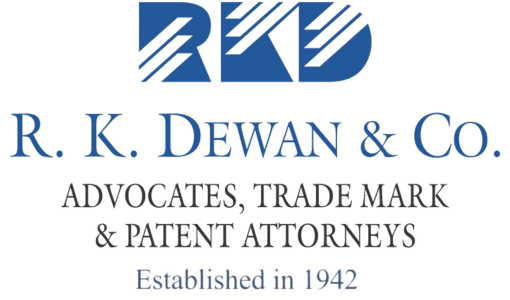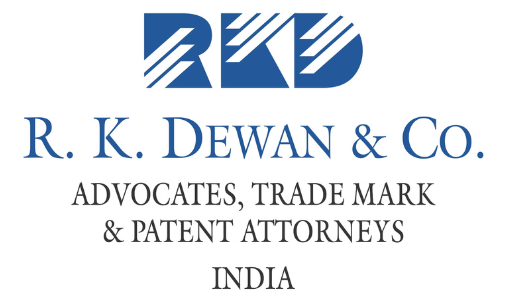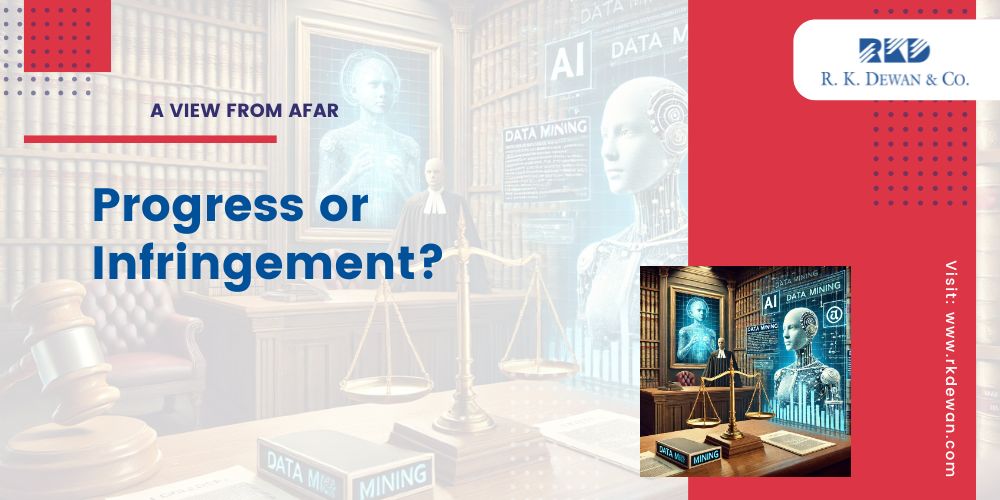Justice Manmohan Singh of the Delhi High Court has remarked in a judgment, “The world is a global village.” This sentiment captures the essence of our interconnected era, where globalization and interconnected markets continually redefine our world. Today, the judgments handed down in courtrooms across the globe can have far-reaching consequences and the ripples of these legal decisions extend far beyond their local jurisdictions, influencing economies and industries worldwide.
Welcome to “A View from Afar,” a series dedicated to examining international judgments and their far-reaching impacts. Through this series, we aim to bridge the gap between diverse legal systems and their global repercussions, offering you a panoramic view of the intricate interplay between law and commerce.
We will delve into landmark rulings from various corners of the world, unpacking the legal reasoning behind such decisions and scrutinizing their practical implications. Each article will provide a thorough analysis, shedding light on how these judgments affect not only the parties directly involved but also affect the regulatory frameworks, corporate strategies, and market dynamics on a global scale.
Whether it is a judgment delivered in any country across the world, we will share our views on its profound impact in other jurisdictions navigating through the labyrinth of international jurisprudence.
The intersection of Artificial Intelligence (AI) and copyright law has been the subject of growing debate worldwide.Join us in this further instalment of “A View from Afar” as we analyse a recent decision by the Hamburg Regional Court in Robert Kneschke v LAION e.V.which has added a significant dimension to this discourse. The case delves into whether using works protected under copyrights, such as photographic images, for training AI models constitutes copyright infringement or falls under permissible exceptions like “scientific research.” While the judgment has sparked considerable discussion in Europe, its implications resonate globally, particularly in countries like India where AI innovation is burgeoning but the regulatory framework remains nascent. This article explores the Hamburg Court’s reasoning, its potential lessons for Indian copyright law, and its impact on India’s AI and innovation landscape.
LAION e.V. (Large-scale Artificial Intelligence Open Network) is a non-profit organization which facilitates open research on machine learning models by creating large datasets. The case arose when Robert Kneschke, a German photographer, alleged that his photographs which were protected as copyrights were used without his consent in LAION 5B, a dataset created by LAION e.V.Kneschke Contended that such unauthorized use of his works, which were downloaded and scraped for inclusion in the dataset, constituted copyright infringement.
An excerpt from the LAION 5B Dataset
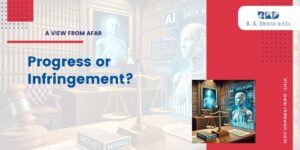
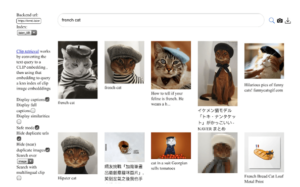
We do not claim any copyright in the above image. The same has been reproduced for academic and representational purposes only.
LAION defended its actions by citing the exception of ‘scientific research’ under the EU Directive on Copyright in the Digital Single Market (DSM Directive). The key issues for consideration before the Court were; firstly, did text and data mining (TDM) constitute copyright infringement under the German Copyright Act? Secondly, could TDM be protected under exceptions like “scientific research” provided in the EU Directive on the Digital Single Market (DSM Directive)? & finally how did the opt-out mechanism impact the rights of copyright holders versus the needs of AI developers?
The German Copyright Act defines text and data mining (TDM) as the automated analysis of digital works to identify patterns, trends, and correlations. Section 44b of the Act limits authors’ rights to allow TDM for scientific purposes.The Court found that LAION’s use of Kneschke’s images involved reproducing the content to enable correlations between images and text descriptions. The Court observed that this activity qualified as a non-infringing use under Section 44b since it was deemed essential for training AI models.
The Court also referred to Article 5(5) of the InfoSoc Directive, which lays down a three-step test for exceptions to copyright & held that LAION’s use of Kneschke’s images did not conflict with the normal exploitation of his works protected as copyrights. Moreover, LAION’s activities were limited to enabling innovation, aligning with technological advancements and did not commercialize the images.
Section 60d permits TDM for scientific research, provided the activities are non-commercial. The Court emphasized that datasets like LAION 5B, which serve as the foundation for AI training, fall within the ambit of scientific research, as they facilitate knowledge creation for future applications.Notably, the judgment highlighted the EU AI Act, which places an obligation on rights holders to explicitly opt-out of allowing their works to be used for TDM. While Section 44b allows rights holders to reserve their works from TDM through an opt-out mechanism, the Court ruled that the scientific research exception superseded such opt-out mechanisms under §60d.
While Section 44b allows rights holders to reserve their works from TDM through an opt-out mechanism, Section 60d does not. Hence, the Hamburg Regional Court ruled in favour of LAION, & held thatits activities were permissible under the “scientific research” exception, as codified in German copyright law.
This decision and the facts surrounding it, prompted to me to analyse the same from a critical standpoint with respect to any potential shortcomings concerning the protection for creators. While the Court favoured innovation, it arguably undermined the rights of individual creators. Kneschke’s works were included in the LAION dataset without his consent, potentially diluting the value of his works protected as copyrights. Although the dataset was non-commercial, the downstream AI models trained on this data may generate commercial gains, raising significant questions as to whether whether creators are entitled to a share in the benefits.
Furthermore, the Court concluded that use of copyrighted works for AI training did not interfere with their normal exploitation. However, this interpretation may be overly narrow since, photographers and visual artists may choose to license their works for AI training or datasets in return for a requisite fee. Ignoring this emerging market undermines the incentive structure that copyright law is designed to protect.
German copyright law places significant emphasis on moral rights, including the right of attribution and integrity. By allowing LAION to use Kneschke’s photographs without ensuring attribution, the Court arguably disregarded this aspect of the law. This omission could be perceived as an erosion of creators’ rights.
Finally, the Court’s decision to permit AI datasets for “scientific research,” lacked clarity on what constitutes non-commercial use opens the door to exploitation. For example, if models trained on LAION’s dataset are commercialized, does the original non-commercial purpose shield these activities?Thereby necessitating sufficient guidance on how to differentiate between research and eventual commercial benefit.
A balanced approach could have been to mandate that datasets like LAION 5B provide attribution mechanisms or financial compensation, ensuring that creators are not left uncompensated.
How does this Judgment Impact the Indian Copyright Law
India’s Copyright Act, 1957, does not specifically address TDM or AI-related activities. However, Section 52(1)(a) provides a broad exception for “fair dealing” with copyrighted works for purposes such as research or private study. While this provision might implicitly cover TDM activities, its scope remains ambiguous, leaving room for judicial interpretation. So also, India has not yet witnessed any cases directly analogous to Robert Kneschke v LAION e.V., however, a framework for compensating rights holders whose works are included in AI training datasets is a necessity. This could involve, statutory licensing schemes, where creators receive a fee for their works’ inclusion in such datasets and Revenue-sharing models, particularly if AI models built on these datasets are later monetized.
Organizations such as LAION should be mandated to maintain transparency about the sources of their datasets and rather than relying on opt-out mechanisms, such organizations should be required to actively seek opt-ins from copyright holders, for datasets involving identifiable copyrighted works.
A balance between enabling technological progress and protecting intellectual property would have ensured that creators like Kneschke are not left out of the value chain.As AI continues to challenge traditional copyright paradigms, decisions like these serve as reminders of the need for legislative clarity and equitable frameworks that foster innovation while respecting creators’ rights.
